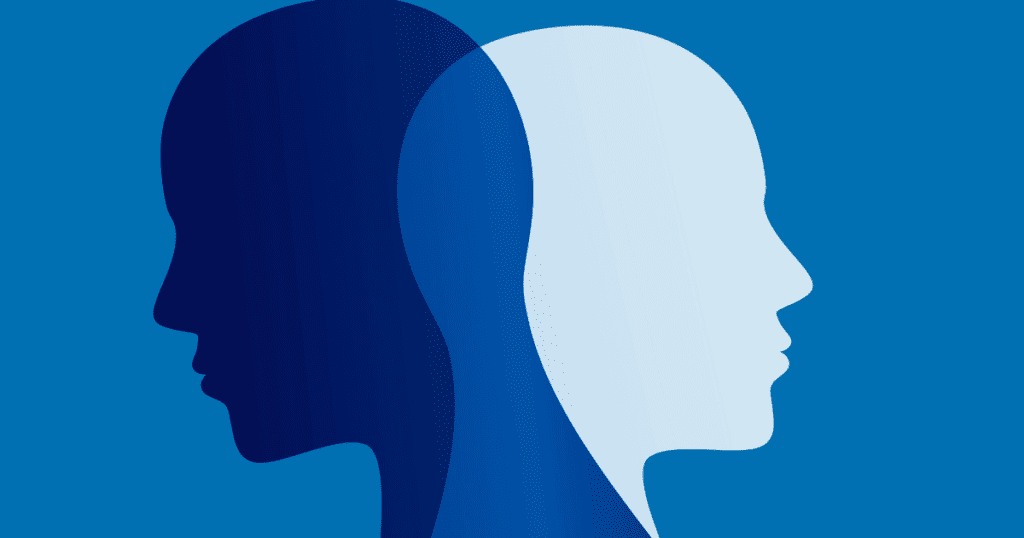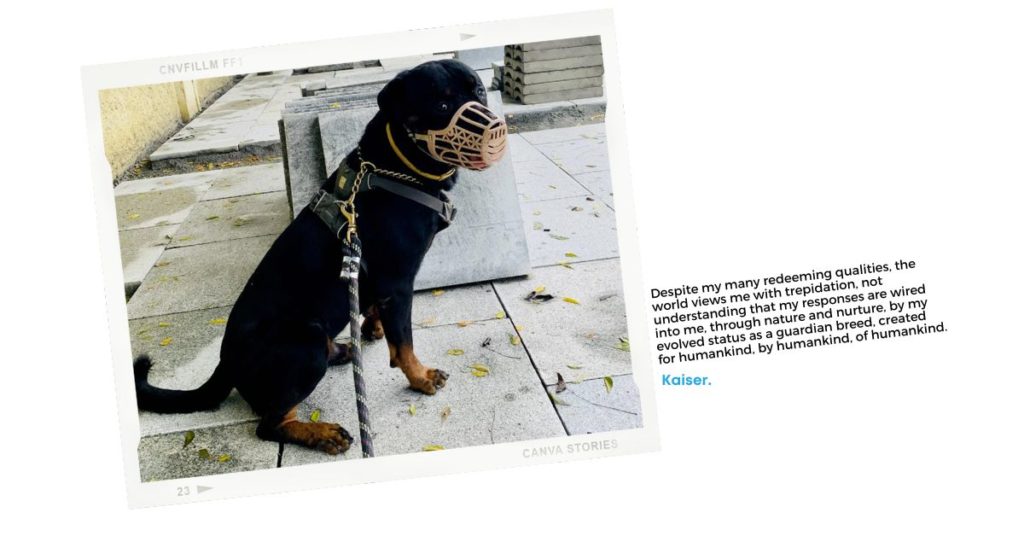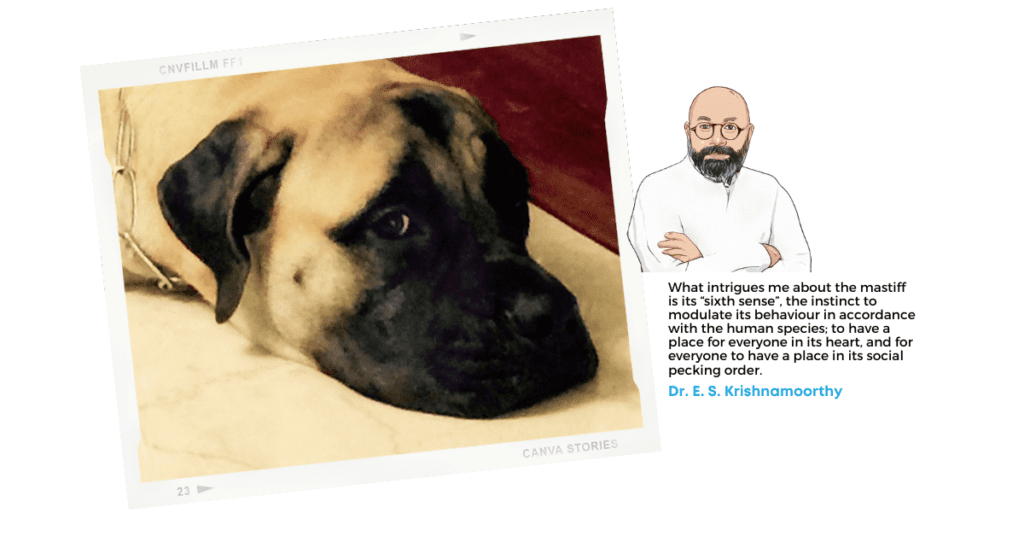Once again, in October, I had the privilege of attending Chennai’s international festival of short films on mental health, “Frame of Mind” organised by SCARF (the Schizophrenia Research Foundation India). My task was to interact with the audience after the Richard Gere film, “Mr. Jones” about an extraordinarily charming man with bipolar affective disorder (manic depressive illness).
The film begins with the protagonist wanting to fly off the high roof of a building he is working on. His childhood desire to fly — matched by his firm belief while in a manic state, about his ability to do so — makes a potent and heady combination. As he watches a plane fly overhead and prepares to launch himself off the roof in pursuit, he is saved by his colleague’s presence of mind, thus landing in a psychiatric treatment facility.
Being a Hollywood film it needs a heroine; in this case a female psychiatrist of Swedish origin, whose first encounter with Mr. Jones at the facility she works in, leads to his choice of her as his doctor. Even from the beginning the relationship develops along rather unusual lines. She recognises his problem as being bipolar disorder and that he needs continued treatment rather than discharge. Her attempt to convince the court that he must be held against his will, and treated, fails. She leaves the courtroom disappointed and frustrated, only to have him request a ride home, as he has no money.
Blurring lines
The lines become blurred as professional and client proceed to not only have lunch en route, they also end up having a most enjoyable afternoon together. sharing a romantic walk on the seashore, with profound insights on music, gourmet preferences and each other’s lives, her appointments at work, clearly being forgotten. While the film thus portrays the human being within the patient and the professional, it also serves to disappoint the professional viewer, as the very foundations of therapeutic relationships and of appropriate behaviours within their context come crashing down.
The film follows Mr. Jones through a manic phase of illness during which he is seen withdrawing his entire bank balance in one go, proceeding to invite the rather pretty and flirtatious bank clerk for an afternoon of fun. The roller-coaster of his mania takes over both their lives for a few hours, as street food, shopping for a piano for him and clothes for her, intimate moments in a swanky hotel room, and a visit to the opera follow one another in rapid succession. His attempt to conduct the opera, notwithstanding his later justifications about how Bach should really be played, result in his return to psychiatric care. Poignant moments in the film ensue: when asked about his mania he says, rather emphatically, “of course I am happy; I am ecstatic!” revealing his distinct preference for that euphoric state of mind. Another moment of truth is when he ticks off his psychiatrist for asking intrusive and personal questions, pointing out that it is rude to do so. That psychiatric illness is dehumanising and strips the sufferer of his dignity, even through these seemingly mature and civil interactions, is well brought out here.
Mr. Jones slips, (as he inevitably must) from the high of mania, into the depth of depression. His distress, despair and pathos are well brought out, moments of anguish being portrayed sensitively. Once again, however, the rather unusual client-therapist relationship comes to the fore.
In general, physical closeness between client and therapist is discouraged; a firm professional handshake being, perhaps, the only physical contact endorsed; children and the elderly being possible exceptions. Here, client and therapist share hugs rather freely and with complete abandon. His long stay in the treatment centre where his therapist works, allows us brief insights into the lives of other patients and therapists, their trials and tribulations. An act of violence against our heroine by another deluded inmate, and Mr. Jones’ extraordinary presence of mind in saving her, result inevitably in increased closeness.


Dealing with rejection
It is only in cinema that a professional psychiatrist and a client admitted under her care go for a drive together, get drenched in the rain and end up making love. Nevertheless, these actions seem to bring about awareness in our heroine, about having crossed a professional line, and she seeks to remedy matters by discussing the situation with a professional colleague, taking herself off the Mr. Jones’ case.
Her rejection of Mr. Jones also brings to the fore earlier rejections by those he is intimate with, but who cannot deal with his bipolar tendency; the changes of mood and impulsive actions that accompany this disorder. She finds out that “Ellen”, his former girlfriend whom he often refers to as “dead”, is indeed alive. Mr. Jones merely deals with her rejection of him as “death”; death for him perhaps of an ideal, a persona; of hope and long cherished dreams. The tribulations of those who live with bipolar disorder sufferers come to the fore here.
Rather poignantly, the bank clerk who spent a roller coaster day with our protagonist visits his psychiatrist to enquire about his well being. Her inability to understand how such a remarkably funny, engaging and talented person like Mr. Jones could possibly be ill is common experience. The hypo-manic state where euphoria is predominant and actions expansive; the full blown state of mania where the person loses the ability to reason and is out of touch with reality; alternating with states of depression or low mood, poor appetite, low energy levels and insomnia characterise this disorder. While all of us experience some mood swings, they are usually in consonance with our circumstances and proportionate to them, which is not the case in bipolar disorder.
The film also brings out the common biological explanation for this condition, that it is due to a chemical imbalance in the brain, and that there is need for compliance with drug treatment, so necessary here. In one rather fetching moment, our heroine drops Mr. Jones at his doorstep, and as he crosses the road to his house, tosses across his medication, “your chemicals”; as she drives away Mr. Jones is seen tossing the pills into the litter bin, and walking nonchalantly home. This failure of patients to be compliant with treatment, one of the greatest challenges in managing psychiatric illness, is well portrayed.
Issues to the fore
During the audience discussion, the ability of Mr. Jones to choose whether he needs admission or not; the long conversations and therapeutic sessions he has with his psychiatrist; the need for a court order for his treatment are issues that come to the fore. Many wonder whether such interactions are at all possible in the Indian context and indeed whether they exist.
Professionals in the audience hasten to point out that Hollywood has undoubtedly taken liberties, and that there are cultural differences between the American setting and ours; that civil liberties for the person with mental illness are common around the world, although lack of awareness and education lead to their being transgressed in low and middle income countries. The ongoing redevelopment of India’s Mental Health Act is also discussed.
The client-therapist relationship comes in for much discussion; professionals in the audience ruing the unfortunate tendency among filmmakers to portray such romantic relationships. A call to filmmakers for more accurate portrayals of mental illness and therapeutic relationships is made. However, the group also acknowledged that film, like other art forms, is a caricature and thrives on dramatisation and exaggeration. View it with a pinch of salt is the common refrain.
The film ends where it begins. Mr. Jones is on the roof again, although his dejection and despair make us wonder whether it is to fly with childlike abandonment, or to die in abject surrender. True to cinematic endeavour, the heroine arrives in the nick of time to save his life and the couple unite in romance, her professional vows seemingly a distant memory. Will Mr. Jones’ ever get better? Will his heroine ever get to practice psychiatry again; lose, as she will, her medical license for consorting with a client? Will they live happily ever after?
The viewer is left with these and other questions as this rollercoaster of a film ends. It does underline for us, clearly, the travails of bipolar disorder, the importance of mental equilibrium, and of maintaining in our lives, a fine balance.
Quick facts
Psychiatric illness is dehumanising and strips the sufferer of his dignity, even when interactions are mature and civil
The failure of patients to be compliant with treatment, is one of the greatest challenges in managing psychiatric illness



























